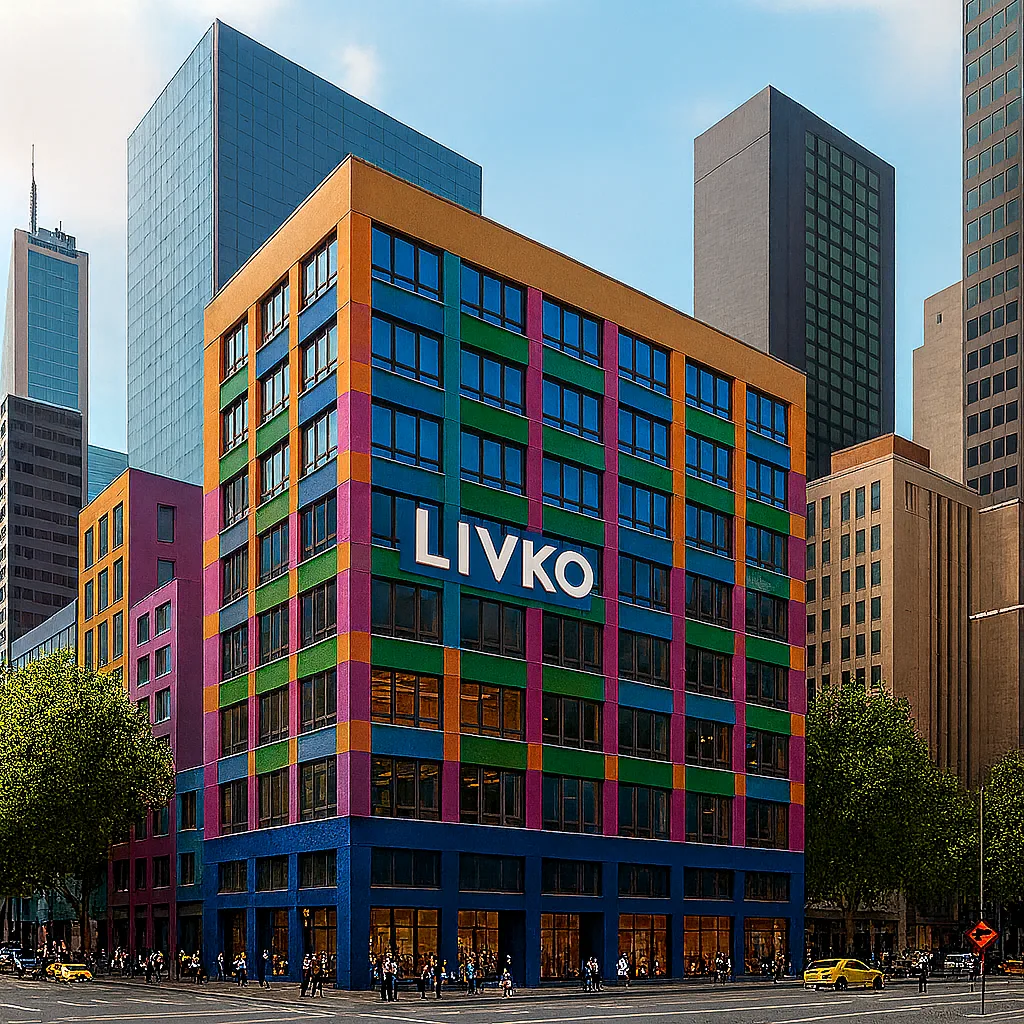A City at a Crossroads
Eighty-six office buildings in Melbourne’s CBD, all built before 1990, now stand at a crossroads. Vacant floors, fading carpets, and empty corridors echo the slowdown of the nine-to-five model. At the same time, housing is tight and rents are rising. What if we stopped seeing these buildings as outdated and started seeing them as ready?
According to recent research by Hassell (for the Property Council of Australia and Ethos Urban), converting vacant older office buildings in Melbourne could yield up to 12,000 new homes, homes for as many as 20,000 people. The study audited about 90 pre-1990 buildings and identified 86 as “ripe for adaptive reuse.” Hassell These are exactly the kinds of buildings that many assumed were obsolete but are in fact full of potential.
The shift from office to living space isn’t only a design or regulatory challenge; it’s a mindset shift. The value lies not in tearing down, but in rescuing what’s already standing, bringing in new life without reinventing every last detail. Co-living may be the missing piece. When done well, it delivers affordable private spaces with shared amenities, supports connection, flexibility, and lifestyle. It works remarkably well within many of these older office shells: smaller footprints, shared infrastructure, and central locations are built into their design.
These 86 buildings, as identified by Hassell, are scattered through the heart of the CBD. Their generous core structures, window arrangements, and proximity to transit make them more than viable; they may be the fastest way to turn vacancy into vitality. Rather than letting entire floors sit unused, we could be designing homes where city life, work, and culture coexist in closer proximity.
We also need to consider the environmental benefits. Hassell’s report highlights that adaptive reuse carries significant sustainability dividends. By keeping embodied carbon in place rather than demolishing and rebuilding we reduce waste, preserve materials, and limit the ecological cost of construction. Hassell There’s also a social sustainability in offering homes near job centres, services, and public transport; reducing commutes and increasing connection.
Of course, not every building is suitable. Some might fail on engineering, zoning, or cost feasibility. But many do succeed when paired with thoughtful design, regulatory reform, and commitment from developers and planners. The kinds of shared spaces co-living require; common kitchens, lounges, workspaces, slot naturally into many of those office layouts.
The first movers: developers, architects, operators who act on this opportunity will not just build homes; they will shape a new urban rhythm for Melbourne. We could move from more office vacancy to a city full of homes people actually want and can afford.
The opportunity is here. The report makes it clear: the legacy buildings are not liabilities, they’re unrecognised assets. The question is who will see them first.


